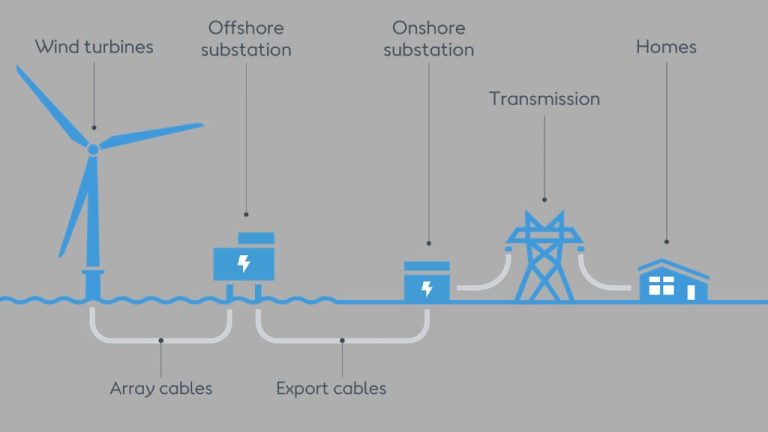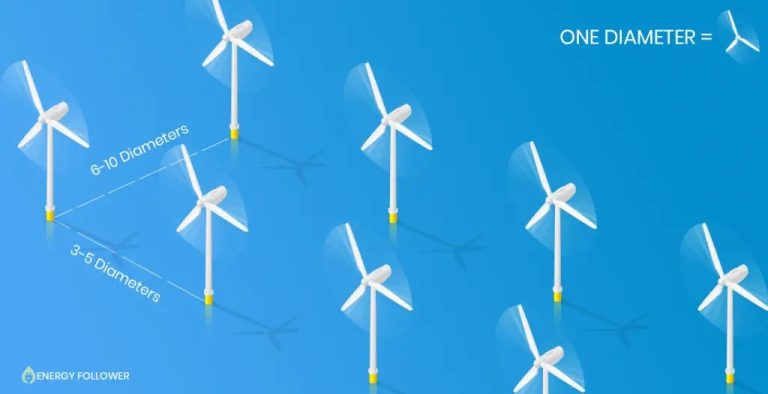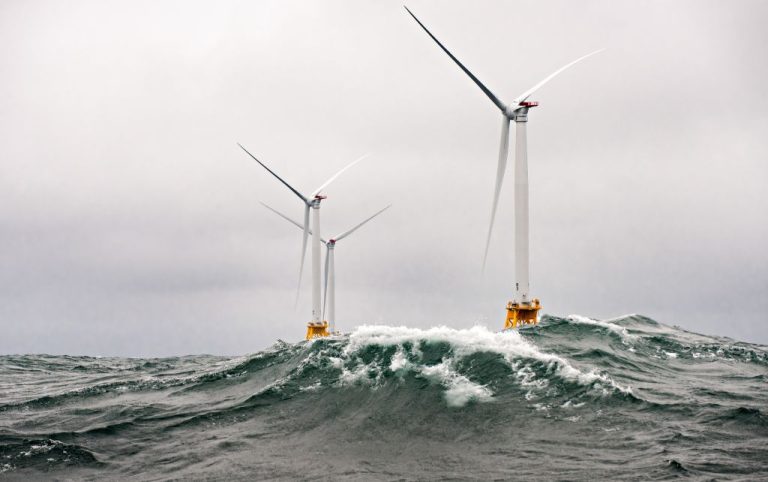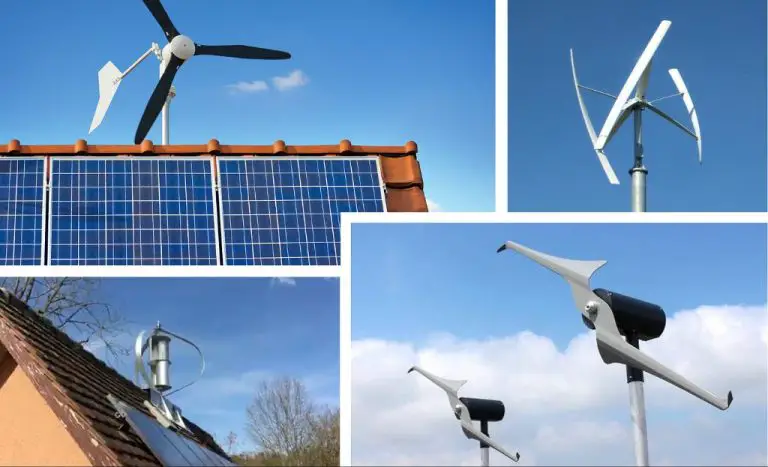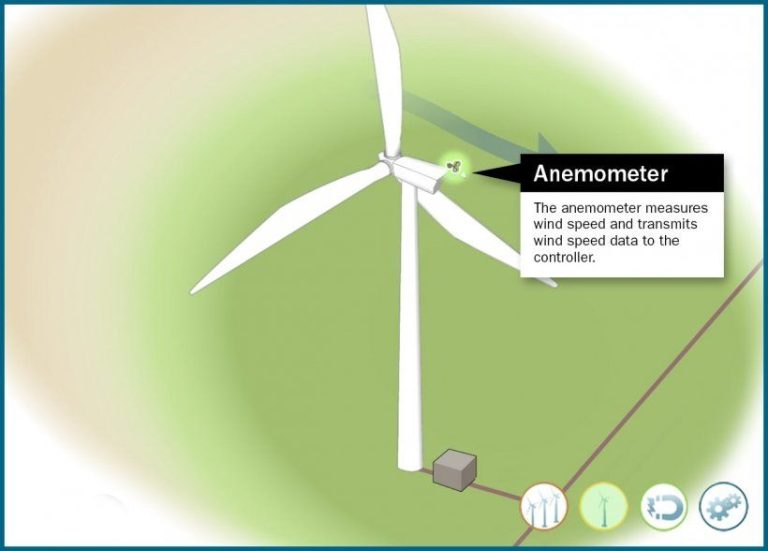How Does Wind Reduce The Use Of Fossil Fuels?
Wind energy provides a clean, renewable source of electricity that can displace electricity generation from fossil fuels. This reduces fossil fuel usage and the associated emissions of greenhouse gases and air pollutants. The growth of wind energy has been significant, now providing over 7% of U.S. electricity supply. As wind energy continues to expand, aided by technological advances and declining costs, it offers major opportunities to reduce fossil fuel usage in the electricity sector. This can provide economic, environmental and energy security benefits.
Wind Energy Basics
Wind turbines convert the kinetic energy from wind into mechanical power. The wind turns two or three propeller-like blades around a rotor. The rotor is connected to the main shaft, which spins a generator to create electricity.
Wind turbines typically have three blades that face into the wind. The blades are shaped similar to airplane wings – wind causes lift and the blades turn. The blades are attached to a hub, which is connected to the main shaft. The shaft turns a generator to produce electricity. The nacelle sits atop the tower and contains the gear box, low- and high-speed shafts, generator, controller, and brake. Some turbines use a gearbox and some are gearless. A gearbox steps up the rotational speed from the turbine rotor to drive the generator. In gearless designs, the rotor spins a generator directly.
Most utility-scale turbines range in capacity from 2 to 3 megawatts. The bigger the rotor diameter, the more energy it can capture. Commercial-scale turbines used for the utility grid typically range in size from 100 kilowatts (enough to power a small business) to several megawatts (enough to power up to 5,000 homes) (CITE1).
CITE1: https://www.energy.gov/eere/wind/how-do-wind-turbines-work
Growth of Wind Energy
Wind power capacity has expanded rapidly in recent decades. According to the U.S. Department of Energy, total installed wind power capacity in the United States grew from about 2,500 megawatts (MW) in 2000 to over 122,000 MW in 2020, a nearly 50-fold increase. The American Wind Energy Association (AWEA) reported in 2019 that wind power accounted for the largest share of new U.S. electric generating capacity additions over the past decade. Globally, the Global Wind Energy Council estimates that installed wind power capacity has increased more than fivefold over the past decade, from about 121,000 MW in 2009 to over 743,000 MW by the end of 2019.
This rapid growth can be attributed to improvements in wind turbine technology, federal and state policies supporting wind power deployment, and the declining cost of wind power generation over time. According to the U.S. Department of Energy, the average levelized cost of land-based wind power fell by around 70% between 2009 and 2020, making it competitive with conventional energy sources like coal and natural gas. This cost decline, along with tax incentives like the production tax credit, have made wind power an economically viable option for utilities, businesses and homeowners looking to invest in renewable energy.
Sources:
https://newenergynews.blogspot.com/2010/01/new-energy-jobs-is-state-of-union.html
https://repository.tudelft.nl/islandora/object/uuid:14461c46-90a3-44b8-8b64-ac6dae303f88/datastream/OBJ/download
Displacing Fossil Fuels
Increasing wind generation directly reduces fossil fuel electricity. As more wind turbines are installed, more fossil fuel plants are displaced from the grid on an hour-by-hour basis. Studies show that 1 MWh of wind energy displaces 0.43 – 0.68 MWh of fossil fuel energy, with the rest offset by reduced hydro or nuclear generation (MIT, 2023). This direct displacement leads to an immediate emissions reduction benefit.
For example, wind energy avoided an estimated 189 million metric tons of CO2 in the United States in 2021 alone. This is equivalent to avoiding emissions from over 40 million passenger vehicles (WRI, 2021). As wind penetration increases to supply 20-30% of electricity in major markets like the U.S. and Europe, the emissions savings add up dramatically.
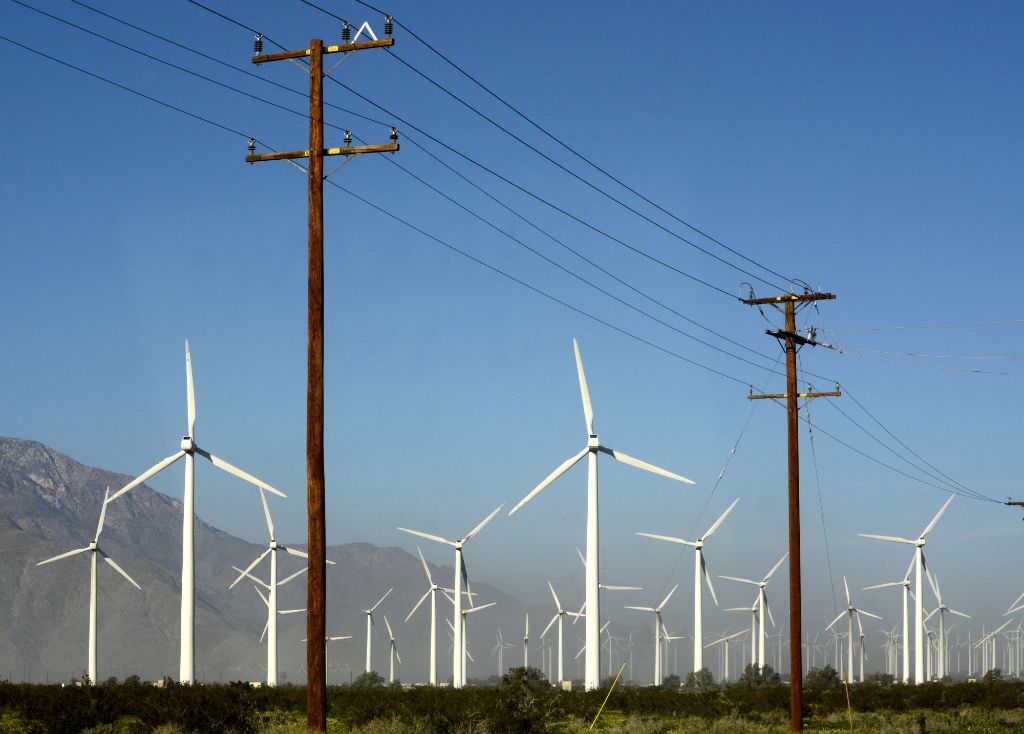
Emissions Reduction
Life cycle analyses show wind emits far less CO2 than fossil fuels. According to the U.S. Department of Energy, the lifecycle greenhouse gas emissions from wind power range from 8 to 12 g CO2/kWh, which is around 1% of the emissions from coal-fired plants [1]. A report by the World Resources Institute found that wind power emits 7 times less greenhouse gases than a natural gas plant over its lifetime [2]. The emissions savings from wind versus fossil fuels accrue over the 20-30 year lifetime of a wind turbine.
According to a lifecycle analysis by the World Nuclear Association, wind power has a median lifecycle carbon footprint of around 12 g CO2e/kWh, which is over 10 times lower than coal and natural gas [3]. As more electricity comes from wind, power sector emissions decrease substantially.
Geographic Potential
Studies have found vast onshore and offshore wind energy potential across the globe. According to one analysis published in Renewable Energy, there is over 40,000 TWh per year of potential onshore wind resources worldwide, with the highest potential in Asia, North America, Northern Africa, and Europe (Jung, 2021). Regions like Mongolia and Kazakhstan were estimated to have some of the best wind resources globally.
Research has also shown substantial offshore wind potential, especially along coastal regions and islands. An evaluation in Environmental Science & Technology estimated a global offshore wind resource over 4 times the global electricity consumption in 2018. Areas with high offshore potential include the North Sea, the Mediterranean Sea, areas off Southeast Asia, and the North Atlantic (Zhou et al., 2012). Overall, studies consistently demonstrate abundant geographic potential for wind power worldwide.
Cost Declines
The costs of wind power have fallen dramatically over the last decade, leading wind to become one of the cheapest sources of new electricity generation. According to a 2022 report by IRENA, the global weighted average levelized cost of electricity (LCOE) from new onshore wind fell by 15% between 2020 and 2021 to $0.04/kWh.
These cost reductions for onshore wind were driven by two key factors: wind turbine cost declines and capacity factor increases from turbine technology improvements. According to IRENA, wind turbine prices outside of China fell by 39-55% between 2010 and 2020. Larger, more efficient turbine designs have enabled capacity factors to increase from around 20-25% in the early 2000s to around 30-35% today.
As a result, wind energy is now one of the most cost-competitive sources of new electricity generation in many markets around the world. These declining costs have enabled wind to scale rapidly and displace more expensive fossil fuel generation.
Economic Savings
Wind energy provides significant economic savings by reducing the need for fossil fuel purchases. According to the U.S. Department of Energy’s WINDExchange program, wind projects allow the electric grid to avoid costs associated with extracting, transporting, and burning fossil fuels [1]. When wind produces electricity, fuel costs are avoided since no fuel is required to generate electricity from wind. Every kilowatt-hour of wind energy directly displaces a kilowatt-hour that would have been generated from the fossil fuel on the margin, providing economic savings.
Studies have shown that increasing wind energy to comprise 20% of U.S. electricity generation by 2030 could save consumers $149 billion in avoided fuel costs over the same period. Wind energy helps stabilize volatile fossil fuel prices, acting as a hedge and providing cost certainty against shifts in fuel prices. By diversifying the energy mix with wind energy, consumers and utilities can lock in affordable electricity rates for years to come [2].
Energy Security
Domestic wind energy improves energy independence and security in several key ways. By harnessing wind power within the country’s own borders, nations can reduce reliance on imported fossil fuels. This limits exposure to global price shocks and supply disruptions. According to Harnessing the Power of Nature: Rise of Wind Energy in the Philippines, wind energy improves energy security while protecting the environment.
Additionally, wind power utilizes a free, renewable resource, so once turbines are installed, the fuel source is available indefinitely. This provides energy supply security compared to finite fossil fuel reserves. As stated by Health Benefits of a Transition to Renewable Wind Energy, wind energy reduces dependence on foreign resources and improves energy security.
Conclusion
In summary, wind energy has grown substantially in recent years and now provides a significant portion of electricity generation globally. As more wind farms are built, fossil fuel plants operate less often, directly displacing carbon-intensive sources. One analysis found that wind energy in the EU avoided over 200 million tons of CO2 in 2018 alone. The emissions savings from wind can grow even further as costs continue to decline and more regions exploit their wind resources. But wind’s ability to reduce fossil fuel use extends beyond direct displacement. Wind helps diversify the energy mix and reduces reliance on any single source, improving energy security. The economic savings from low-cost wind energy versus volatile fossil fuels also frees up money to invest elsewhere in the economy. With its falling prices, expanding geographic potential, and environmental benefits, wind energy promises to keep reducing fossil fuel use for decades to come.

